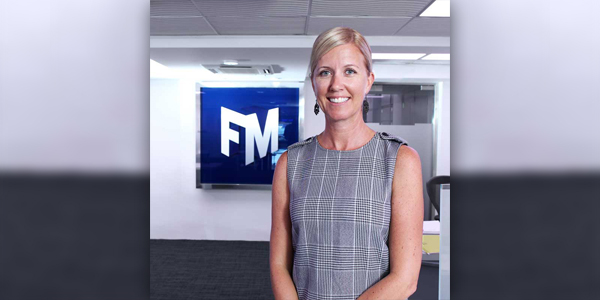Column: Creating A Net Worth Statement
[Written by Carla Seely]
How’s your financial health?
To better understand where your finances stand today and how you can start planning for tomorrow, you need to compare what you own [your assets] to what you owe [your liabilities].
Where do you start?
Firstly, you do not need a fancy program, a simple excel spreadsheet will work just fine. The best way to start is create 2 columns and label one Assets and the other labeled Liabilities.
Under Assets, individually list each asset, where it is held and how much it is worth.
For Example: Bank Account [Savings] – BNTB – $100.00
Make sure to include all your assets; bank accounts, pensions, investments, life insurance cash value, real estate, personal property etc.
Under Liabilities, individually list each debt, where is it held, how much is owing, the interest rate and the amortization.
For Example: Mortgage – HSBC – $650,000 – 6.5% – 22 years
Make sure to include anything you owe; credit cards, mortgage, loans etc.
Once you have listed all your assets and listed all your liabilities, total each column on your spreadsheet; this will give you a complete picture of what you own versus what you owe. The next step is the most important deduct your liabilities from your assets and this will provide you with your actual networth. It is important to update your networth at least once per year, this way you will be able to create financial goals and actually have a way to measure the success of them.
When you update your networth statement you will discover three very important facts:
1. Where your assets are held?
2. How are your assets allocated?
3. How much liability is associated with the asset?
Where are your assets and obligations held?
It is important to know exactly where each asset and obligation are held, not just from a saving and payment prospective but from an estate planning prospective. If something happened to you, would your heirs know exactly what you have and where those assets are held? Do you have the majority of your bank accounts, investments and debt obligations at the same financial institution and does that make sense or should you be more diversified with several financial institutions to reduce institutional risk?
How are your assets allocated?
When you look at your assets, how are they allocated? If you look at your savings, is it all just sitting in cash or CD’s? With your investment accounts and pensions have you diversified into different mutual funds or gone with one investment strategy throughout? Is the largest asset you own your home but you only have $100 in your bank account, perhaps it might be time to put more money into building cash reserves to provide a safety net and diversify your networth.
How much liability is associated with the asset?
It is important to know exactly what you owe, and far more important it to set a goal to payoff that debt. For most people, when you purchase a home you acquire a mortgage and over the next 25 years you make your monthly payments back to the financial institution. Make sure you only borrow what you can afford, and make sure you can comfortably afford the monthly payment. The goal is to make sure you have additional monthly savings as it will help you long term with creating a well-diversified net worth.
There is no right or wrong answer to how your networth should be allocated, but two elements that should be incorporated.
1. Make sure your assets are well diversified
2. Payoff your debt.
Carla Seely is the Vice President of Pension and Investments at Freisenbruch-Meyer, if you would like any further details please contact cseely@fmgroup.bm or call 441 297 8686
20 Most Recent Opinion Columns
- 18 Jul: Column: Creating A Net Worth Statement
- 11 Jul: Column: Caines On ‘Nine Acres Of Opportunity’
- 07 Jul: Column: Grey Area After Crockwell’s Resignation
- 30 Jun: Column: MP Commissiong On Britain’s Brexit
- 29 Jun: Column: The Value Of Two High-Quality Brands
- 28 Jun: Column: What Is Our Real Unemployment Rate?
- 27 Jun: Column: Why I Didn’t Vote In The Referendum
- 27 Jun: Column: Giving Back To The Community
- 23 Jun: Column: Getting Ahead In Your Fifties
- 19 Jun: Column: Reflecting On Evolution Of Fatherhood
- 14 Jun: ‘Suicide Is Grief With The Volume Turned Up’
- 14 Jun: Column: Tackle Underlying Causes To Halt Trend
- 12 Jun: Column: 5 Reasons To Look Forward To Foil Fest
- 08 Jun: Column: Wishing All A Blessed Ramadan
- 07 Jun: Column: Rev Burchall On ‘Why We Can’t Wait’
- 07 Jun: Rolfe Commissiong’s Tribute To Muhammad Ali
- 06 Jun: Dr Brown Reflects On Muhammad Ali’s Legacy
- 06 Jun: Column: Muhammad Ali, The Passing Of An Icon
- 05 Jun: Column: Muhammad Ali Taught Us To Stand Up
- 31 May: Column: ‘Strong Ratings Set Bermuda Apart’
-


